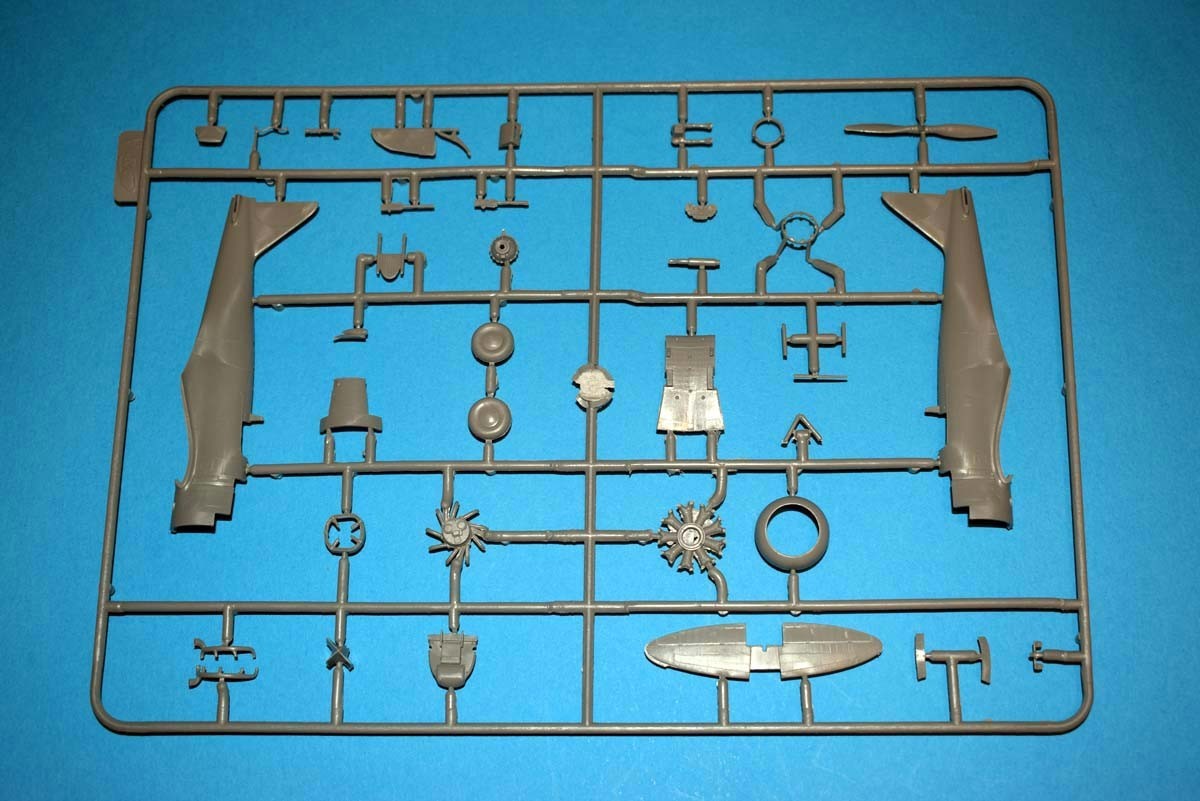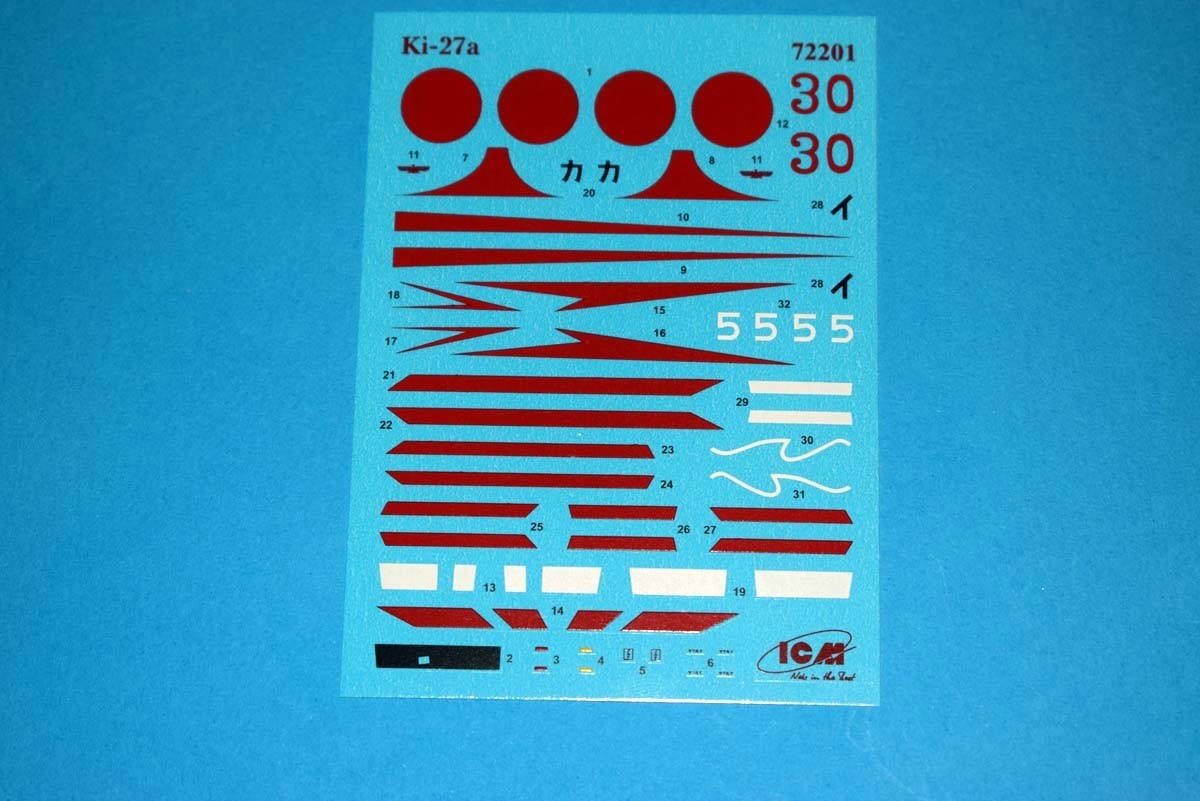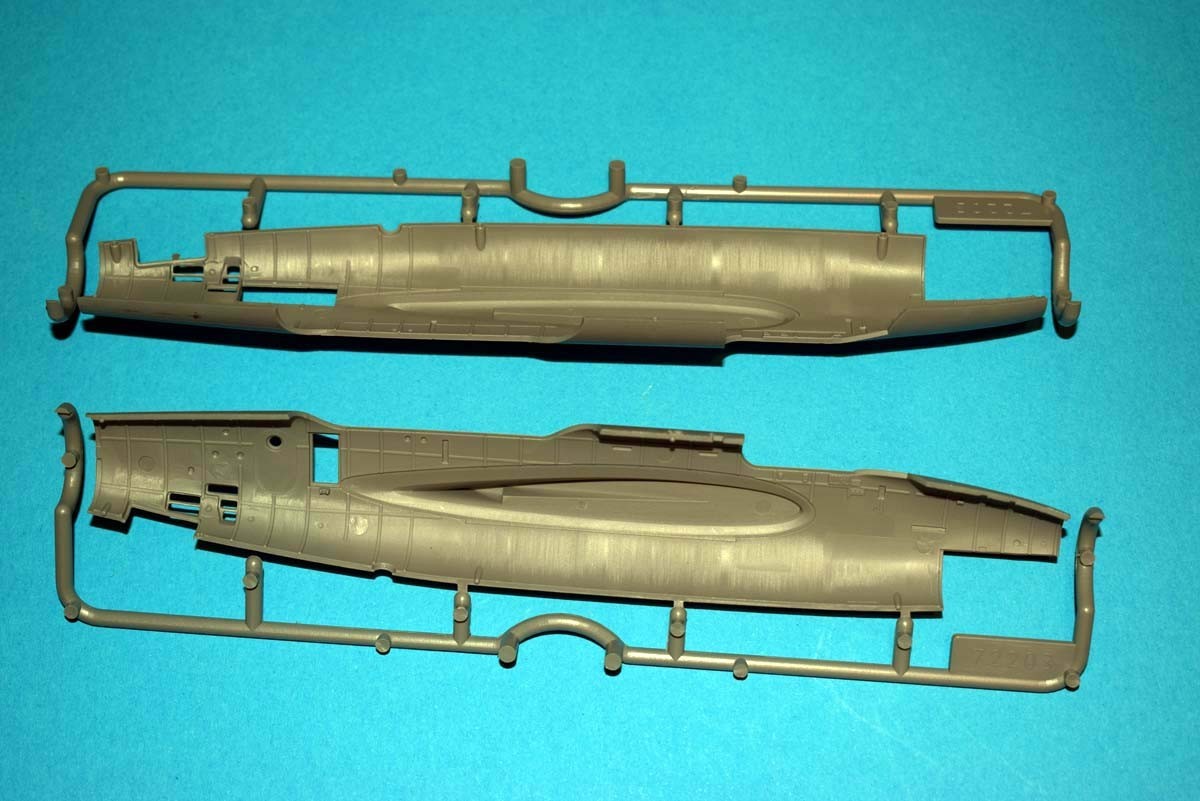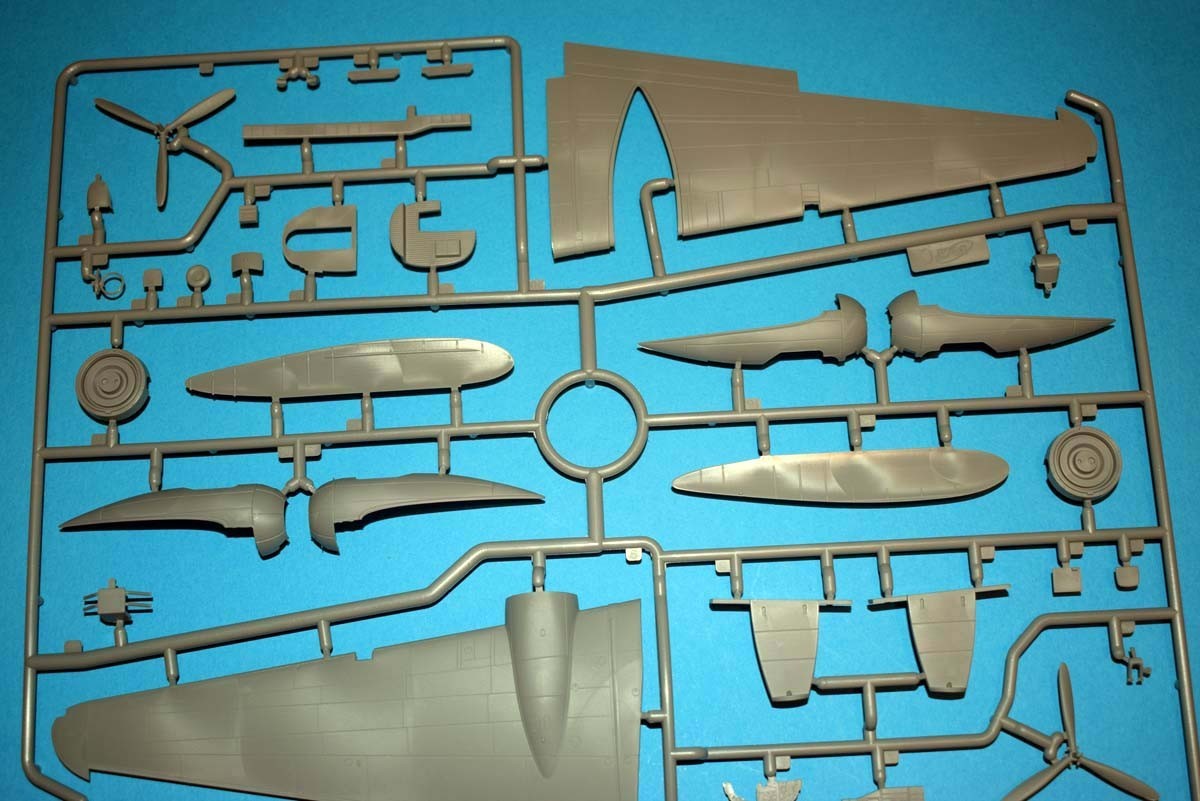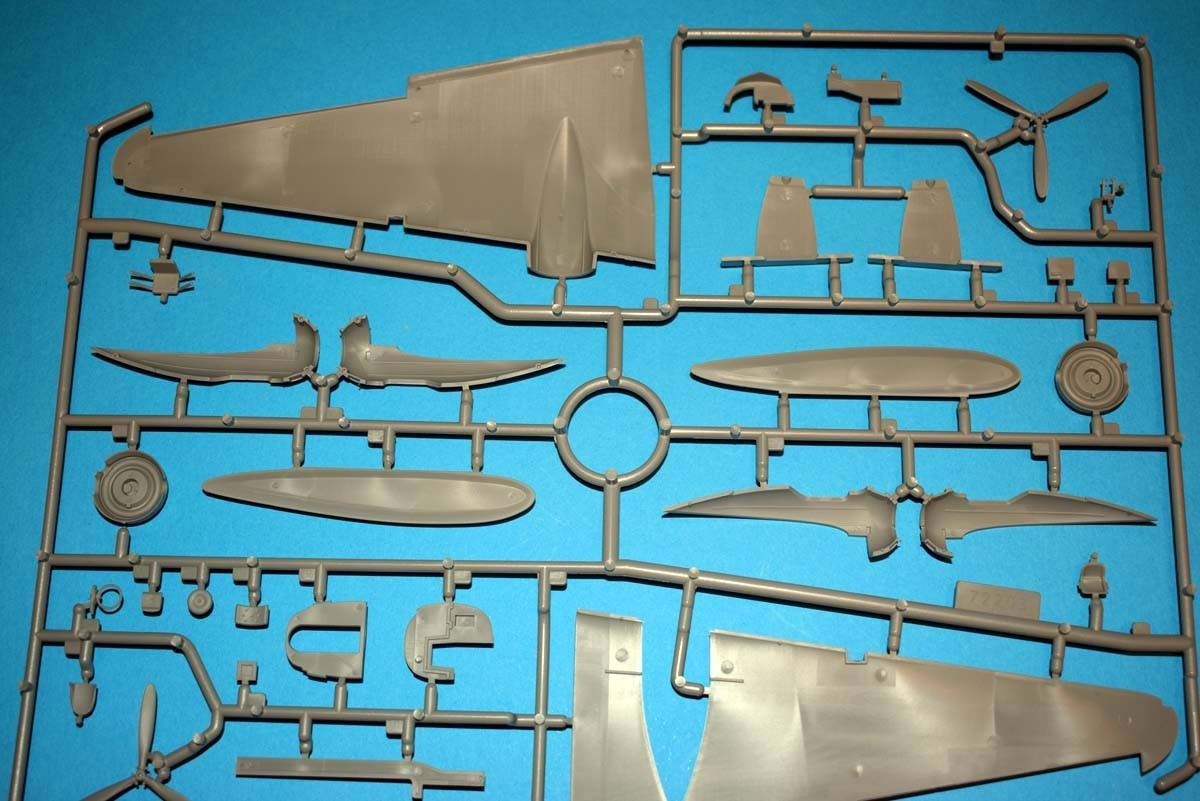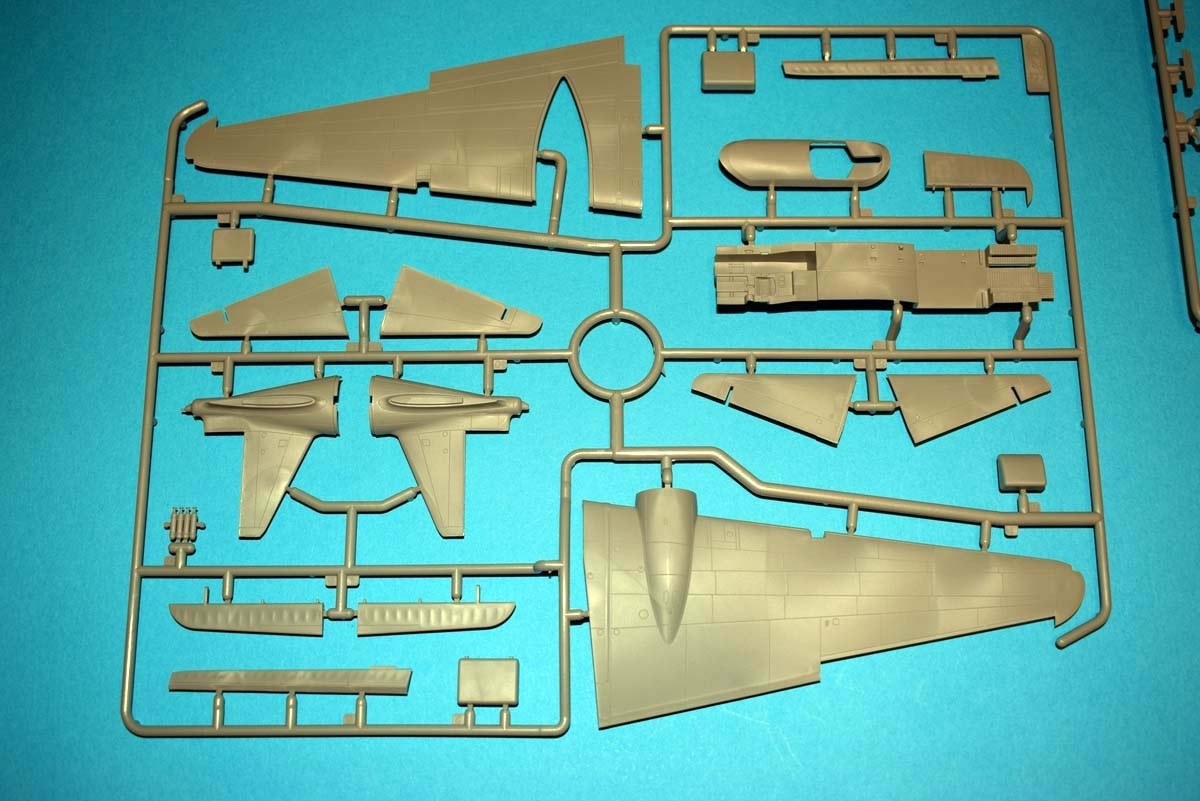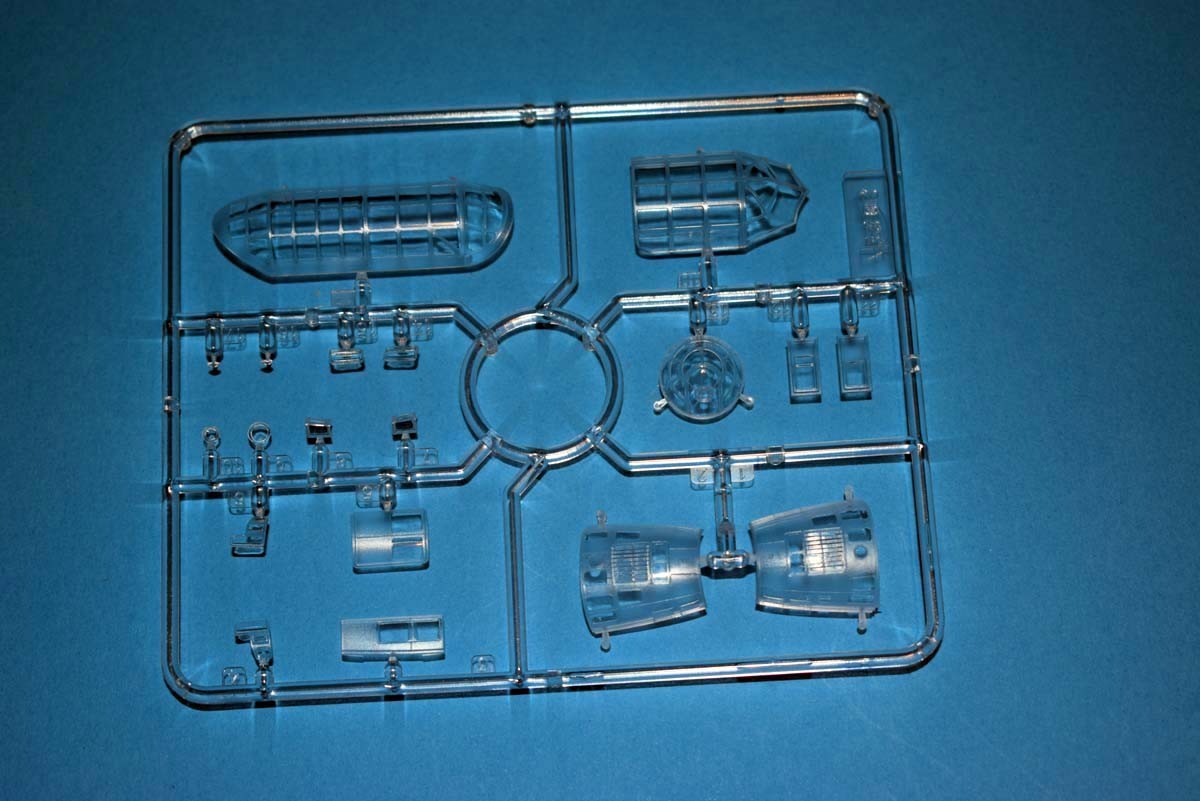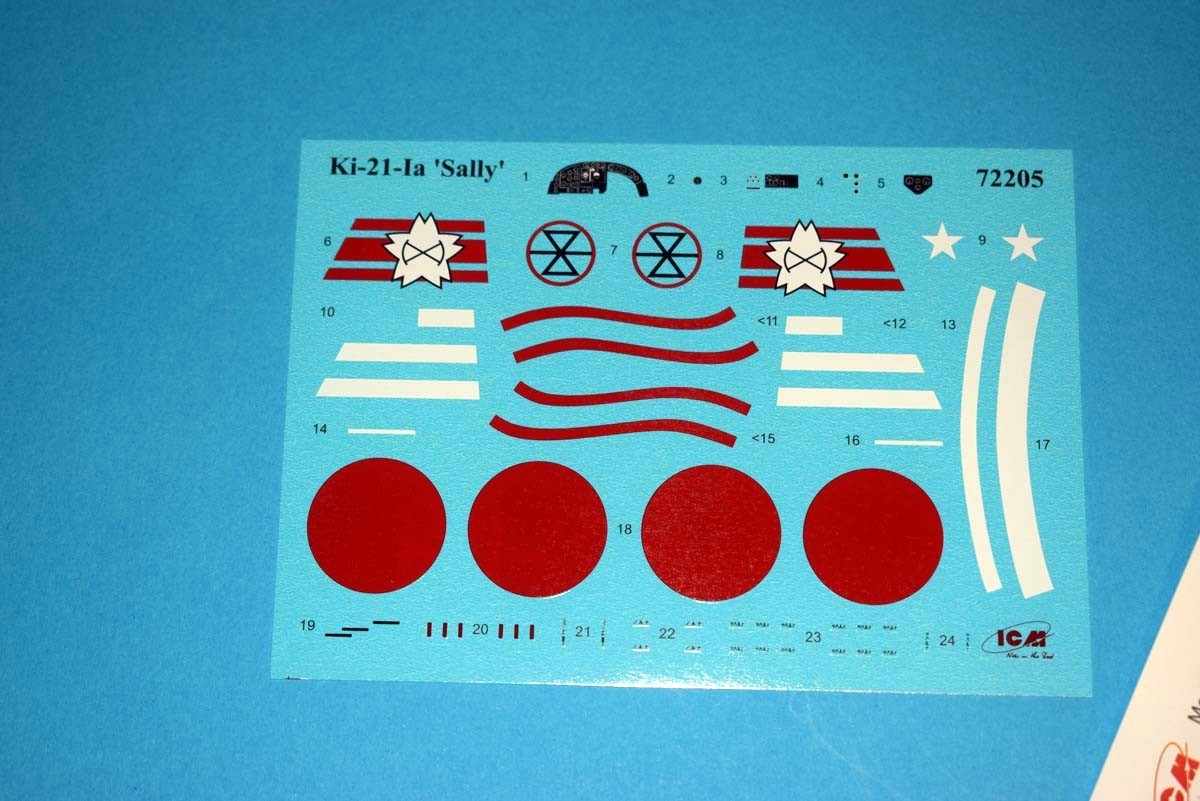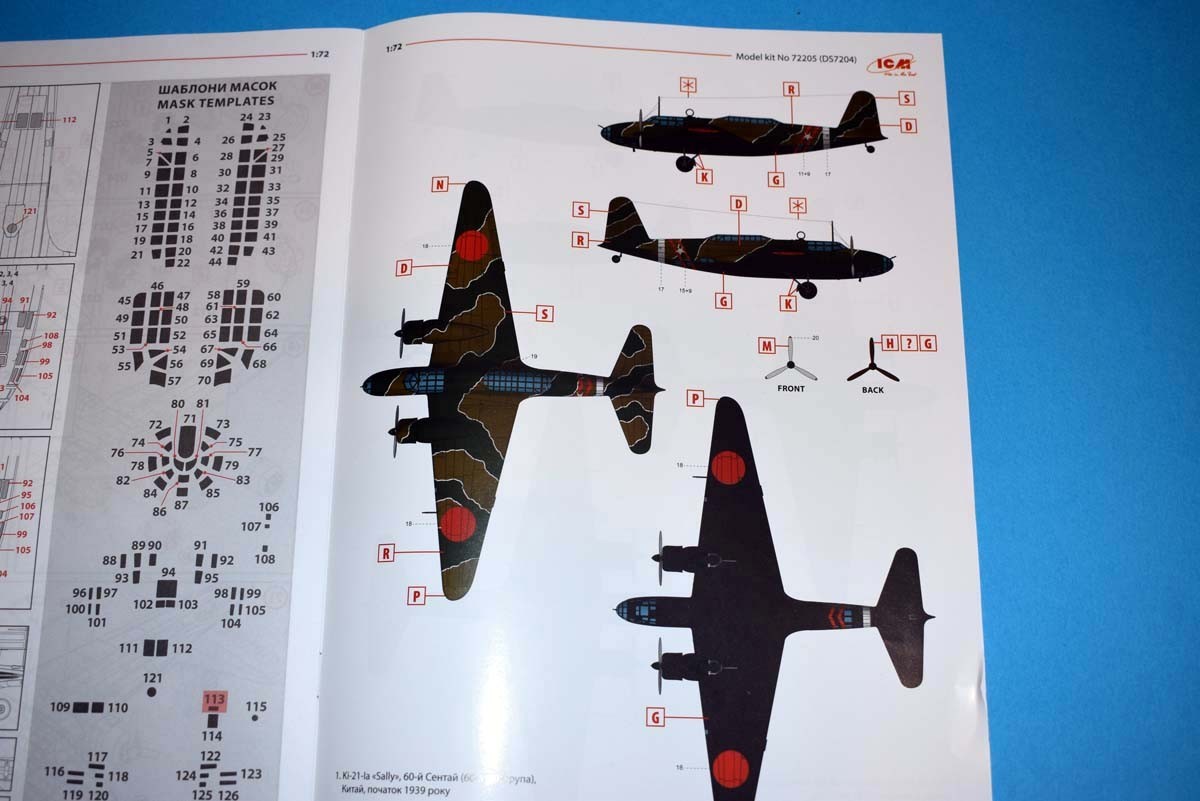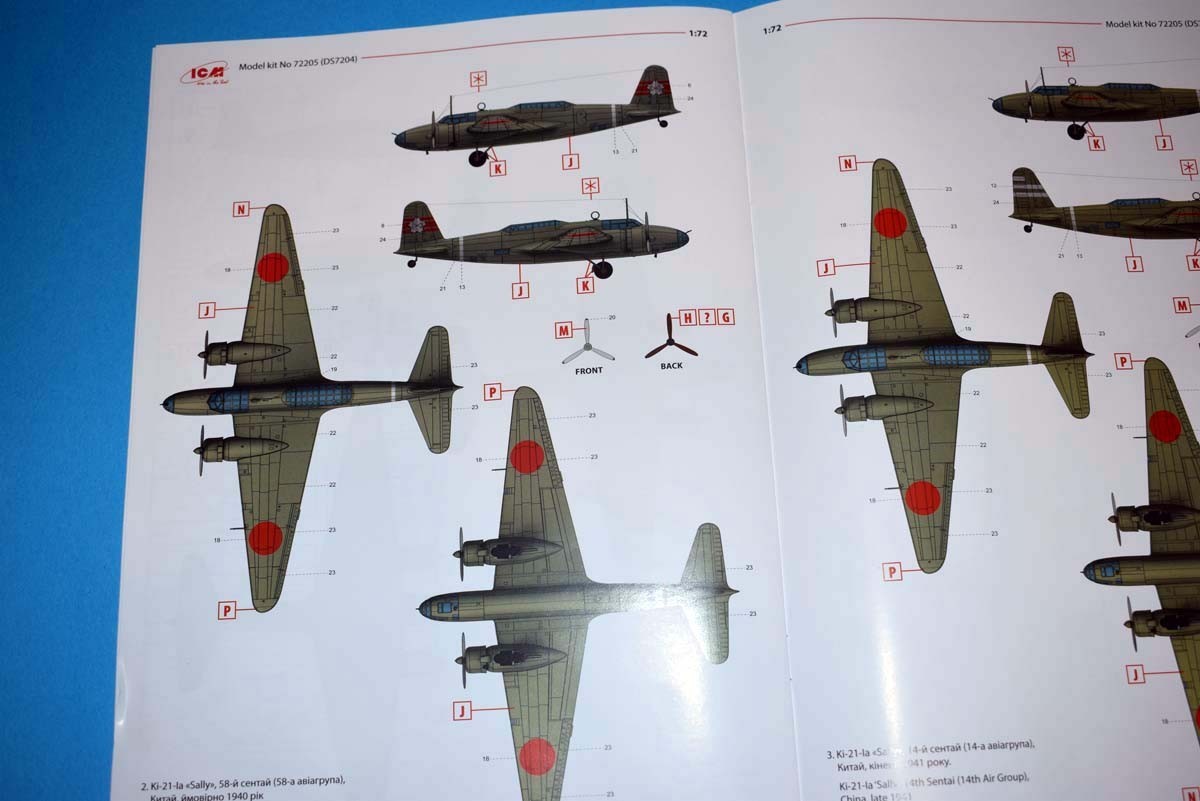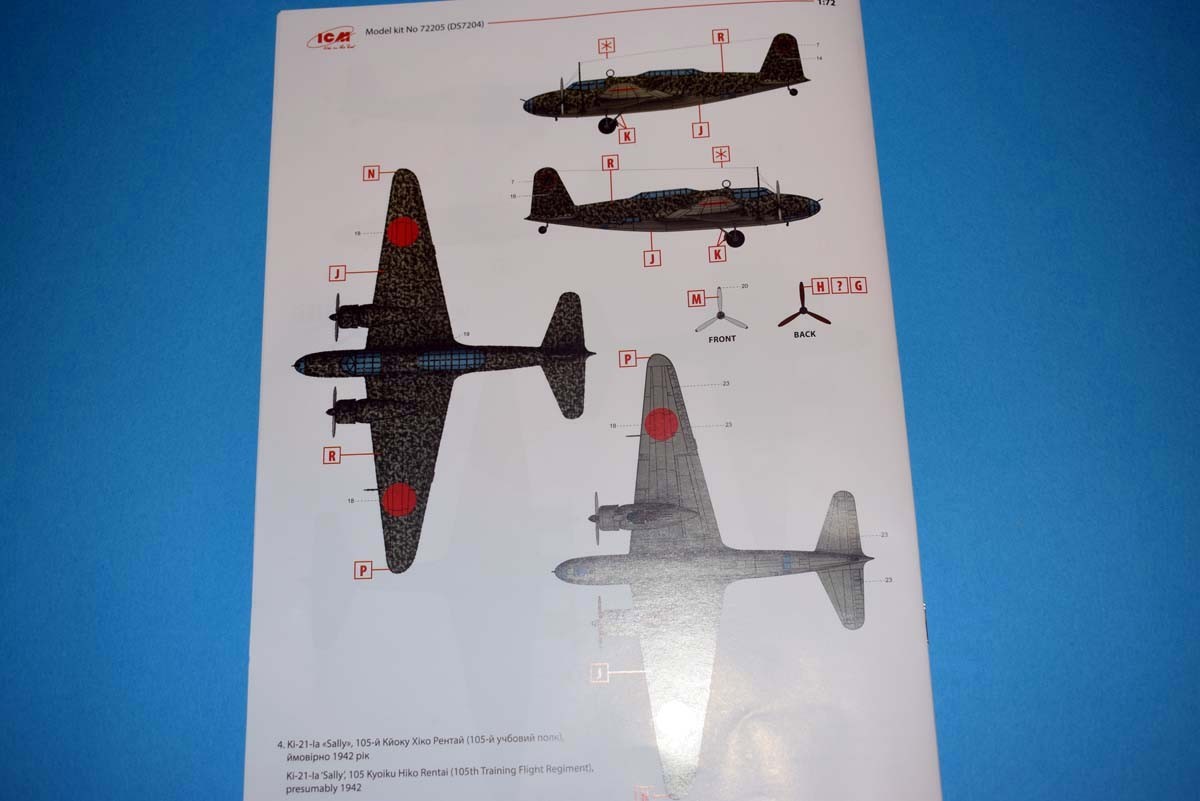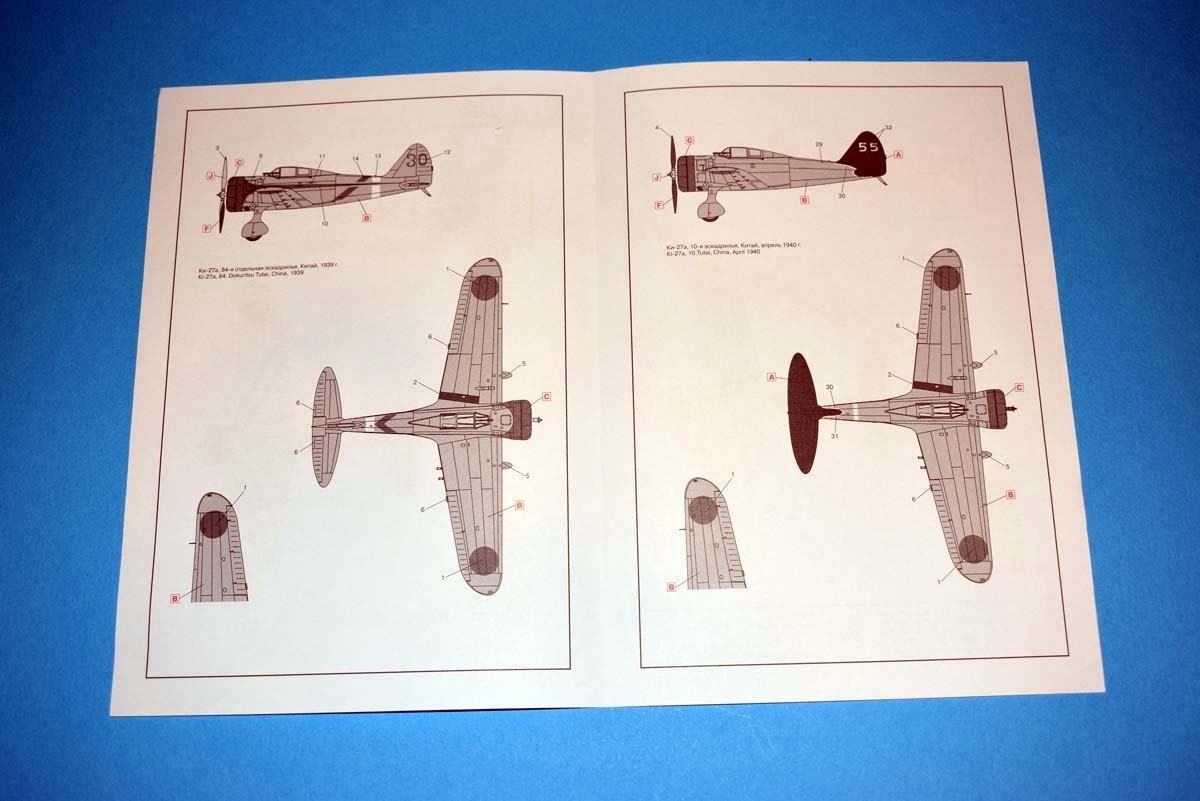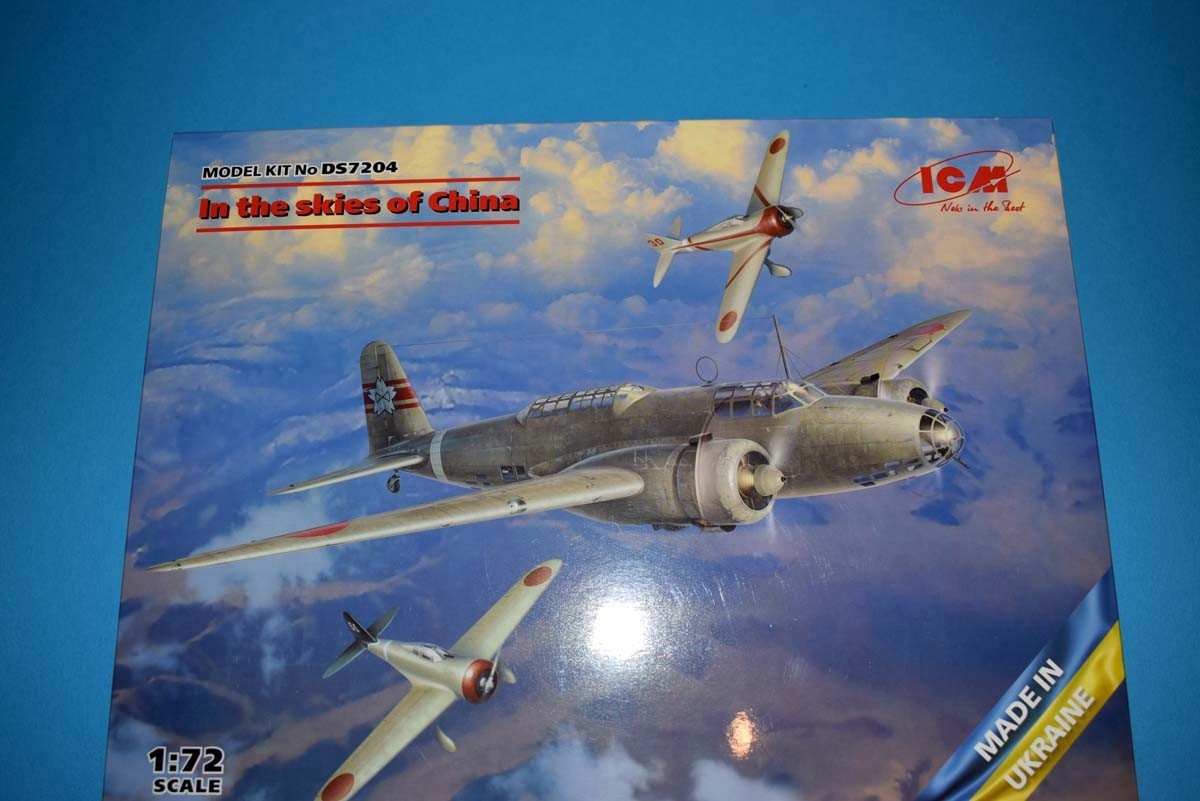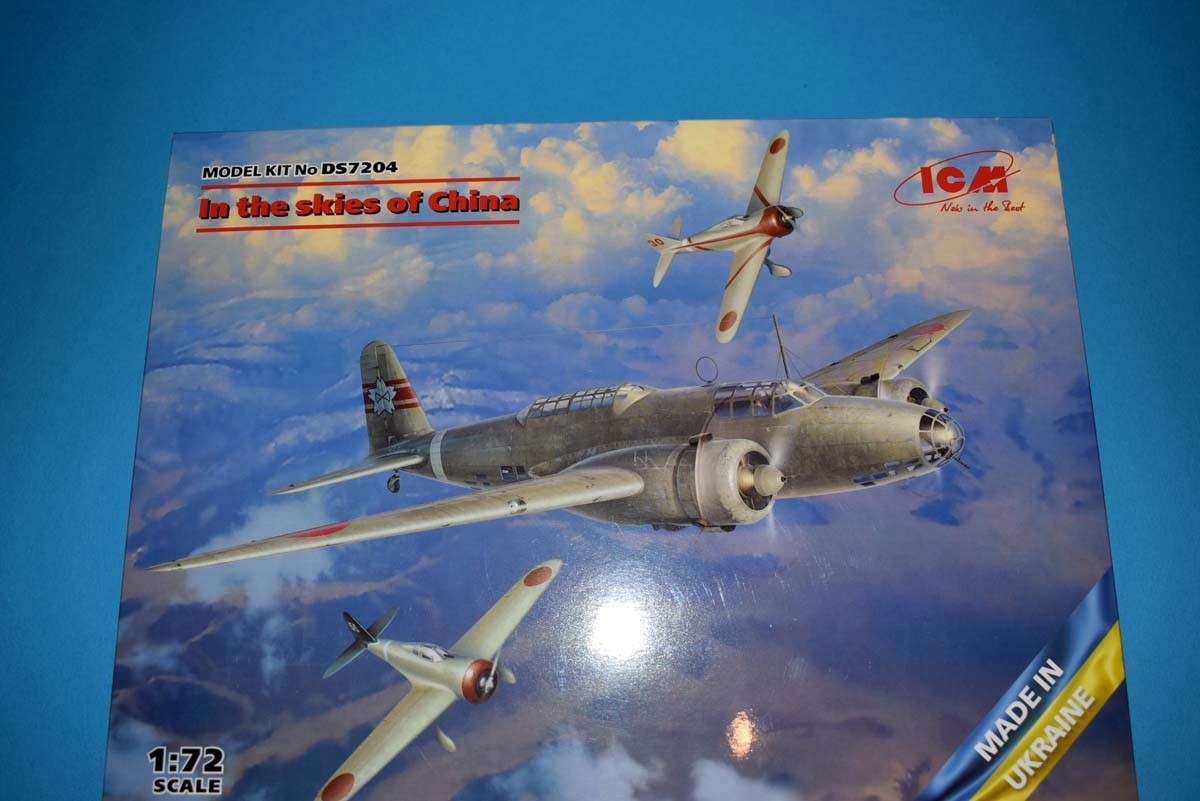
Introduction
The following introduction is taken from the ICM website:
On July 7, 1937, the incident on the Lugouqiao Bridge near Beijing started the Second Sino-Japanese War. From the first days of the invasion, the Japanese navy’s aircraft held the brunt of the attack, and this forced the army air force to increase its supply of aircraft. In the spring of 1938, the Ki-27a fighter appeared in the skies of China. Its combat qualities, combined with the high training of its personnel, allowed the Japanese air force to gain an advantage over the Chinese Air Force. In air battles, the fighter successfully fought Soviet-made I-15 and I-16 aircraft.
Also in 1938, Ki-21-Ia bombers appeared in the Chinese skies, and the 60th Sentai was the
first to receive them. The planes were immediately involved in active combat operations, and their crews managed to develop an effective tactic of use: they maintained a close combat formation in the target area, combining this with mutual fire support.
The Ki-21-Ia bombers also proved to be highly survivable, being able to withstand damage from a large number of conventional calibre bullets. For a certain period of time, these aircraft were the only long-range bombers in the Japanese Army Air Force.
Review
This offering from ICM arrives in a sturdy flip top cardboard box, with a separate card lid showing the artwork. The contents are in 3 bags, two of which each contain a Nakaki-27 Nate and the last bag containing a Mitsubishi KI-21 Sally.
Starting with the Nate, you are provided with 2 models that have very nice panel line detail which I can see with the naked eye but I cannot see how this detail will be picked up once paint is added. My reason for this belief is that I cannot even feel the detail while running my finger over the surface. I do not intend on spending too much time on these models as they are not of the current quality I expect from ICM, and in some ways I am a tad disappointed that ICM has boxed their new Mitsubishi Sally, with these 2 fighters. The only real high point I can give them is that the finishing options can be quite colourful and so visually appealing. It also shows the leap in detail quality made by ICM.
If you want to know the difference between chalk and cheese, the Sally bomber is everything that the fighters are not. Interior detail extends from the nose to almost the tail despite hardly any of which will be seen. The only interior detail the average modeller may want to include is harness detail, but that is not completely required in a model of this scale. An idea with how much detail is included with this kit, is that a large number of ammunition magazines are provided for the machine guns which are well done and I am very pleased to find a mask template at the rear of the instruction booklet to mask what is an especially highly glazed fuselage. I suspect that cutting out all of these masks will be a bum ache, but it will be a worthwhile task when painting occurs.
The wings of the model could I believe have a better connection to the fuselage, but with care should not be a big issue. The undercarriage is reasonably detailed for 1/72nd scale and I am particularly pleased to see that the rear tail wheel is not moulded as part of the undercarriage frame and is separate. Engine nacelles fit over the top of the pre-installed undercarriage which makes the instillation of the under carriage far easier that it might well have been. The engine detail is good for a model of this scale, although I suspect that some will go for photo etch ignition harness detail. For myself, I do not feel that this is a needed requirement. The finishing options for the Sally bomber include 1 particularly visually appealing finish which is and provides the following:
KI-21 -LA Sally, 60th stetai (60th Air Group), China, early 1939.
KI-21-LA Sally, 58th Air Group, China, 1940.
KI-21-LA Sally, 14th Air Group, China, Late 1941. KI-21-LA Sally, 105th Training Flight Regiment, presumably 1942
Conclusion
This release from ICM of 3 1/72nd scale aircraft could not show more clearly how far ICM have come as a company. The 2 fighter aircraft for me only really have the finishing options to recommend them, as the detail on them while seen with the naked eye, I can’t for the life of me see them being seen after painting. There is also quite severe flash on both of the fighter mouldings. The Sally bomber on the other hand is a particularly nice model in 1/72nd scale - high levels of detail are scattered throughout the model, while retaining the ease of construction that could so easily be lost. So the result is a model offering that bounces from quite low to very high for the scale.
